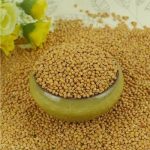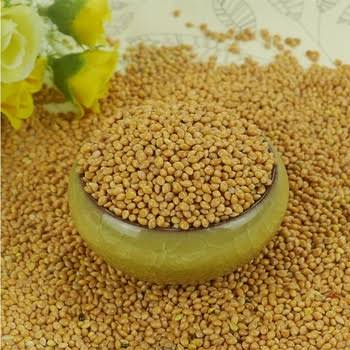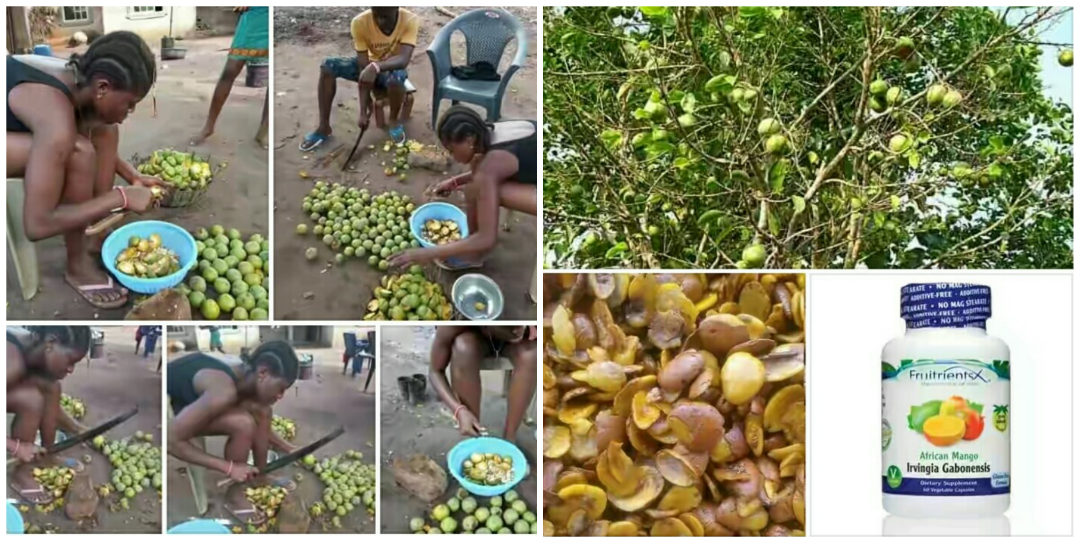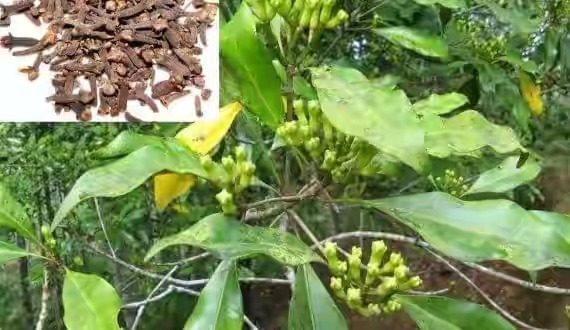What you should know about millet grains
I have been compelled by one of my colleagues to write about typical tropical grains that are staples in developing countries. Here I write about millet (gero) grains. Enjoy it!
Millet is one of the most important drought-resistant crops (can be grown in areas with little rainfall) and the 6th cereal crop in terms of world agriculture production. Also, millet has resistance to pests (self-protection against insects) and diseases, short growing season, and productivity under drought conditions, compared to major cereals.
Therefore, millet grains are now receiving specific attention from some developing countries in terms of utilization as food as well as from some developed countries in terms of its good potential in the manufacturing of bioethanol and biofilms.
I consider the use of millet grains for the production of bioethanol and biofilms in industrialised nations as unethical as many people in developing countries, including Nigeria cannot afford to have 3 square meals per day. Millets are small-seeded with different varieties such as pearl millet, finger millet (both are popular in Africa), kodo millet, proso millet, foxtail millet (found in Asia), little millet and barnyard millet.
The largest producers of millet are India followed by Niger, Nigeria, Mali, Senegal, China, Burkina Faso, Russian federation, Chad and others. Millet grains are not popular in the Western world, like the USA, countries of the European Union, Canada and Australia, but in many African and Asian areas, millets serve as a major food component and various traditional foods and beverages, such as bread (fermented or unfermented), porridges, and snack foods are made of millet, specifically among poor people.
Millet grains have high nutritive value, which is comparable to that of major cereals such as wheat and rice. Millet proteins are good sources of essential amino acids (which our body does not produce, so we have to get them from foods) except lysine and threonine but are relatively high in methionine.
For this reason, it is better to eat millet grains with legumes, such as beans, peas and lentils in order to obtain a complete protein for better functioning of the body.

Credit: Alibaba
Millets also contain large amounts of phytochemicals (plant substances) and micronutrients (vitamins and minerals). Especially, pearl millet is significantly rich in resistant starch (starch not broken down by enzymes in small intestine), soluble and insoluble dietary fibres, minerals, and antioxidants.
The presence of all required nutrients in millets makes them suitable for large-scale utilization in the manufacture of food products such as baby foods, snack foods, and functional food (dietary food) and, increasingly, more millet products have entered into the daily lives of people, including millet porridge, millet wine (in Asia), and millet nutrition powder from both grain and flour form.
Different varieties of millets should be considered as functional food (dietary food) and nutraceuticals (contain high amounts of nutrients) because they provide dietary fibres, proteins, energy, minerals, vitamins, and antioxidants required for human health.
Several potential health benefits such as preventing cancer and cardiovascular diseases, diabetes and obesity (by lowering blood pressure, risk of heart disease, cholesterol, and rate of fat absorption, delaying gastric emptying, and supplying gastrointestinal bulk) have all been reported for millets.
Furthermore, Also, experiments have shown that eating proso millet protein increases blood levels of adiponectin (good protein produced by fat cells), which decreases the risk for the occurrence of obesity and diabetes.
In addition, consumption of millet meals raises the concentration of high-density lipoprotein cholesterol (HDL= good cholesterol).
Think of ways to incorporate millet grains into your meals. Bon appetit!
These are the thoughts of:
Sa’eed Halilu Bawa
Senior Lecturer (Associate Professor) at University of the West Indies, St. Augustine Campus, Trinidad.
Studied Food and Nutrition Sciences, Dietetics at Kaduna Polytechnic, Nigeria; Warsaw University of Life Sciences, Poland.
























